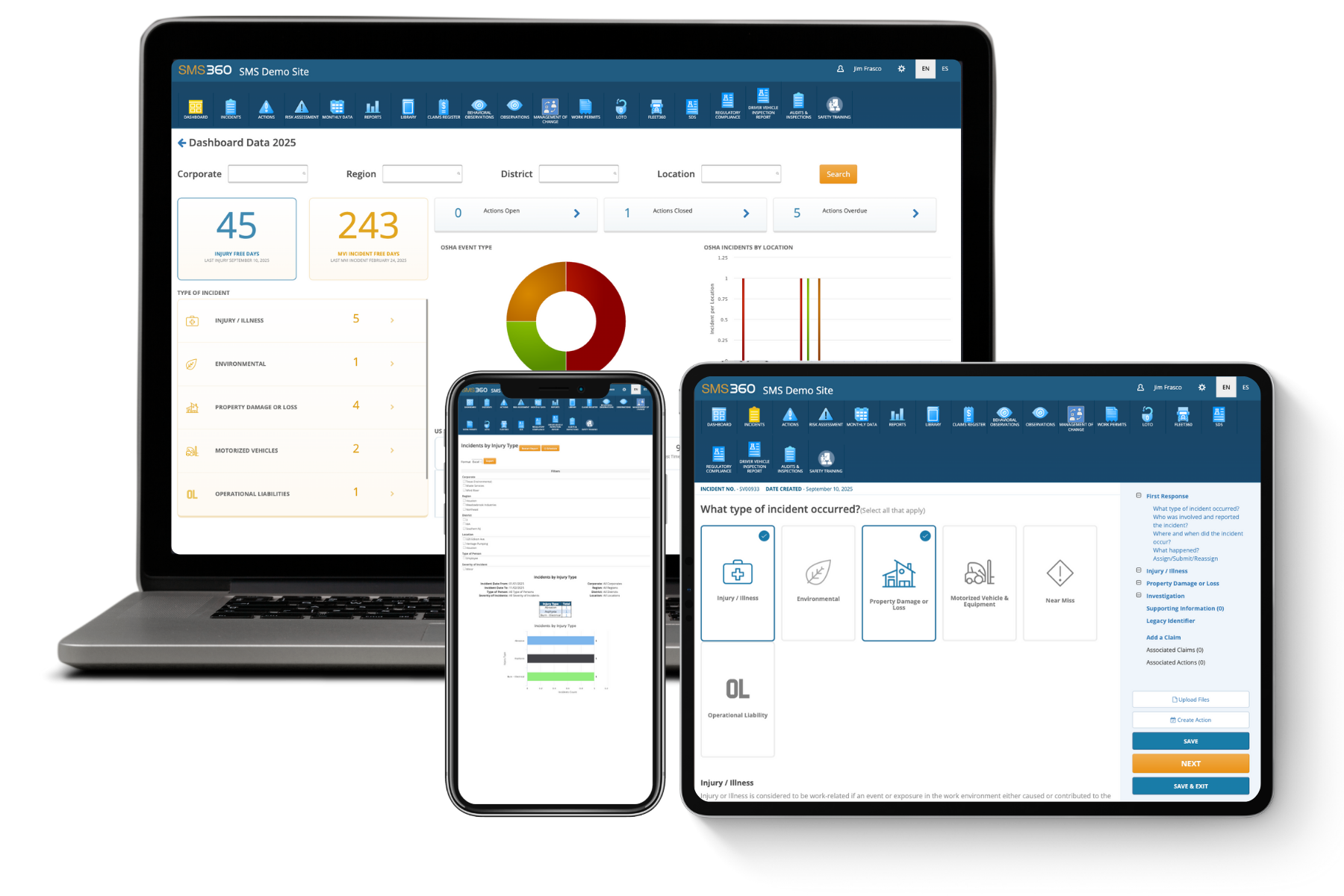The Commercial Vehicle Safety Alliance (CVSA) holds an annual International Roadcheck, 2-day, high-visibility, high-volume commercial motor vehicle inspection and enforcement initiative. During the 2021 International Roadcheck in May, more than 40,000 inspections were conducted throughout North America This year, the focus is wheel ends.
Inspectors use the CVSA’s North American Standard Inspection Program procedures, which are uniform across the organization to ensure consistency in compliance, inspections and enforcement.
Why should you be prepared?
Your drivers or vehicles could be put out of service. Of the 24,423 Level I and V Inspections conducted throughout North America, 5,084 vehicles and 1,200 drivers were placed out of service, which is a 20.8% vehicle out-of-service rate and a 4.9% driver out-of-service rate, according to the CVSA.
Inspectors use the North American Standard Out-of-Service Criteria, to determine if a driver or vehicle will need to be put Out of Service.
Preparing Drivers
Inspectors will be checking driver’s documentation and credentials such as whether they have a valid CDL and an up-to-date medical certificate.
One of the most common violations last year was not having valid medical certificates in a Driver Qualification File. Per federal law, all interstate drivers operating a vehicle weighing 10,001 pounds or more are required to have a current medical card and they need to be updated every 2 years. A great way to ensure driver documentation is organized and ready for inspection is to keep them in a digital compliance management system, like SMS360.
Other top violations in 2021 included hours of service issues, having the wrong class licenses, falsifying logs, and driving with a suspended license. Other driver behaviors are also checked, such as proper seat belt usage and visual signs of fatigue or drug/alcohol abuse or impairment.
Preparing Vehicles
Critical vehicle inspection item violations can be found with brake systems, cargo securement, coupling devices, driveline and driveshaft components, steering mechanisms, exhaust and fuel systems, tires, wheels, and windshield wipers. If a vehicle receives one of these violations it cannot legally be operated until conditions have been fixed.
Since this year's focus is wheel ends, inspectors with pay special attention to:
- Cracks or unseated locking rings, studs or clamps
- Bent, cracked or broken rims on the inside and outside of wheel rims
- Loose, broken, missing or damaged wheel fasteners
- Lubricant leaks, missing caps or plugs
- Leaks in the inner wheel seal and/or the tire and valve stem
- Proper inflation on all tires







